Governing is all about tradeoffs. That much is clear in The Fiscal Ship, a new game from my colleagues at the Hutchins Center at Brookings and the Woodrow Wilson Center. The Fiscal Ship invites players to first select three national priorities and then figure out how to pay for them by choosing from dozens of tax and spending policies.
As a firm believer that creating new firms and industries and more competitive products and services is the only way to grow a high-wage economy like that of the United States, my priorities focused on bolstering innovation.
So, from a list that included “reduce inequality,” “cut taxes,” “shrink the government,” and seven others, I chose “invest in the future” and “fight climate change” because to improve our innovative capacity we need better skilled workers and deeper investments in R&D—this is particularly true for clean energy technology. I also chose “strengthen social safety net,” because innovation is about managed risk: entrepreneurs replace incumbent firms, old industries die and more creative and competitive ones blossom. We need an economic system that allows people to take chances and doesn’t sentence those in legacy industries to long-term poverty.
Next, the game presents 14 policy categories (such as health care, children and families, taxes and investment) each with four to 18 specific policies to choose from. The goal is maximize your three priorities while bringing the budget to a manageable level.
To this end I chose to increase the budgets of the National Institutes of Health, the National Science Foundation, and NASA because these agencies drive R&D throughout the economy. Because the budgets of these agencies represent less than 1.5 percent of federal outlays, bumping them up didn’t hurt my overall budget target. However, I also raised the Defense Department’s R&D budget by 20 percent because DoD funds R&D at engineering-intensive universities like MIT, Carnegie Mellon, and Stanford. To counteract that cost increase, I cut the size of the military.
Next, I provided free community college to all because Brookings research shows that half of the nation’s science, technology, engineering, and math (STEM) jobs require less than a bachelor’s degree. This policy was a bit more expensive than some of my others (but not much). I also enacted immigration reform because from an innovation perspective it’s a no-brainer: granting high-skilled immigrants access to visas fills a skills shortage in the country’s high-tech sector, and over a quarter of all entrepreneurs are immigrants.
In order to encourage investments in clean energy technology I imposed a carbon tax. A carbon tax alone won’t propel the United States ahead of our global competitors in energy innovation (we’ll need more basic and applied research and smarter public-private partnerships for that), but it’s a start.
To support workers and encourage risk taking in a highly volatile, innovation-driven economy, I increased the Earned Income Tax Credit and unemployment benefits. I would have also liked to have assisted in training for displaced workers and encouraged debt relief for entrepreneurs in high-risk technology sectors, but those weren’t choices.
After making all my innovation-boosting choices I had to make cuts to bring down the deficit I’d created. Some taxes and cuts were easy: I imposed a tax on financial transactions because I worry high-speed trading might reduce investor patience in the types of long-run investments needed in things like infrastructure and advanced manufacturing. As my colleague Bruce Katz has previously proposed, reforming the mortgage interest deduction could raise revenue while changing incentives for sprawl and over-consumption. Other cuts were harder: I increased the Social Security payroll tax despite worrying it may hurt businesses and some low-income workers who foot the bill. Reducing federal employee pensions was also a difficult but seemingly necessary cut.
After all was said and done, I reached my target debt level and received maximum points (as indicated by stars) for my three chosen priorities. But most important, my budget will help the country improve its innovative capacity—increasing our global competitiveness while also growing the living standards of workers and families.
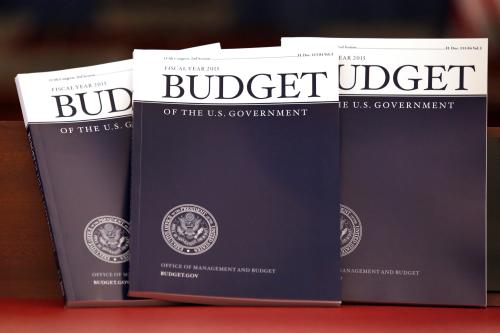


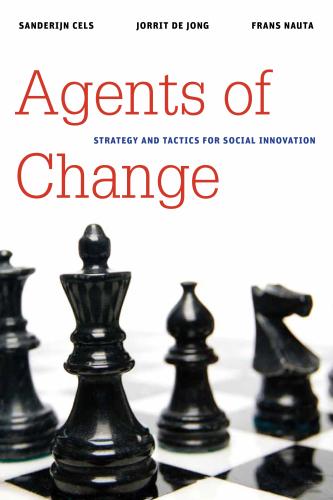
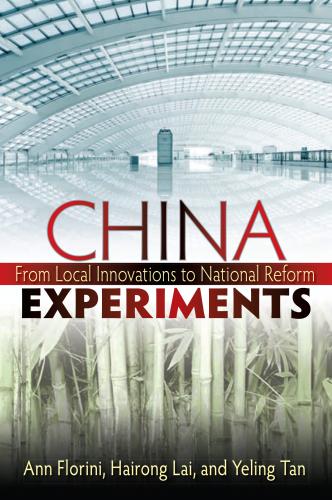
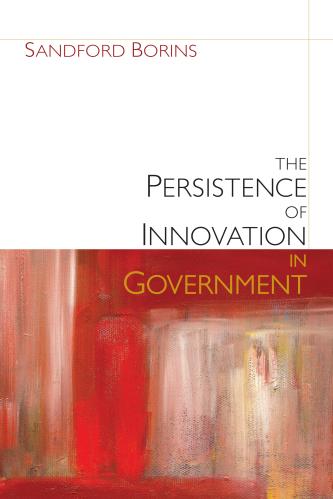



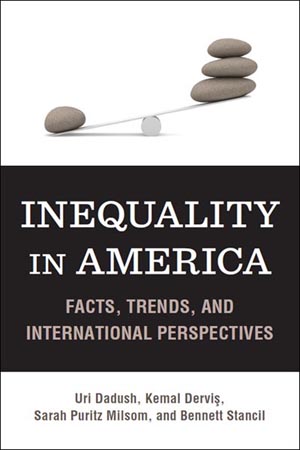
Commentary
I took the ‘Fiscal Ship’ test with an eye toward innovation
May 4, 2016